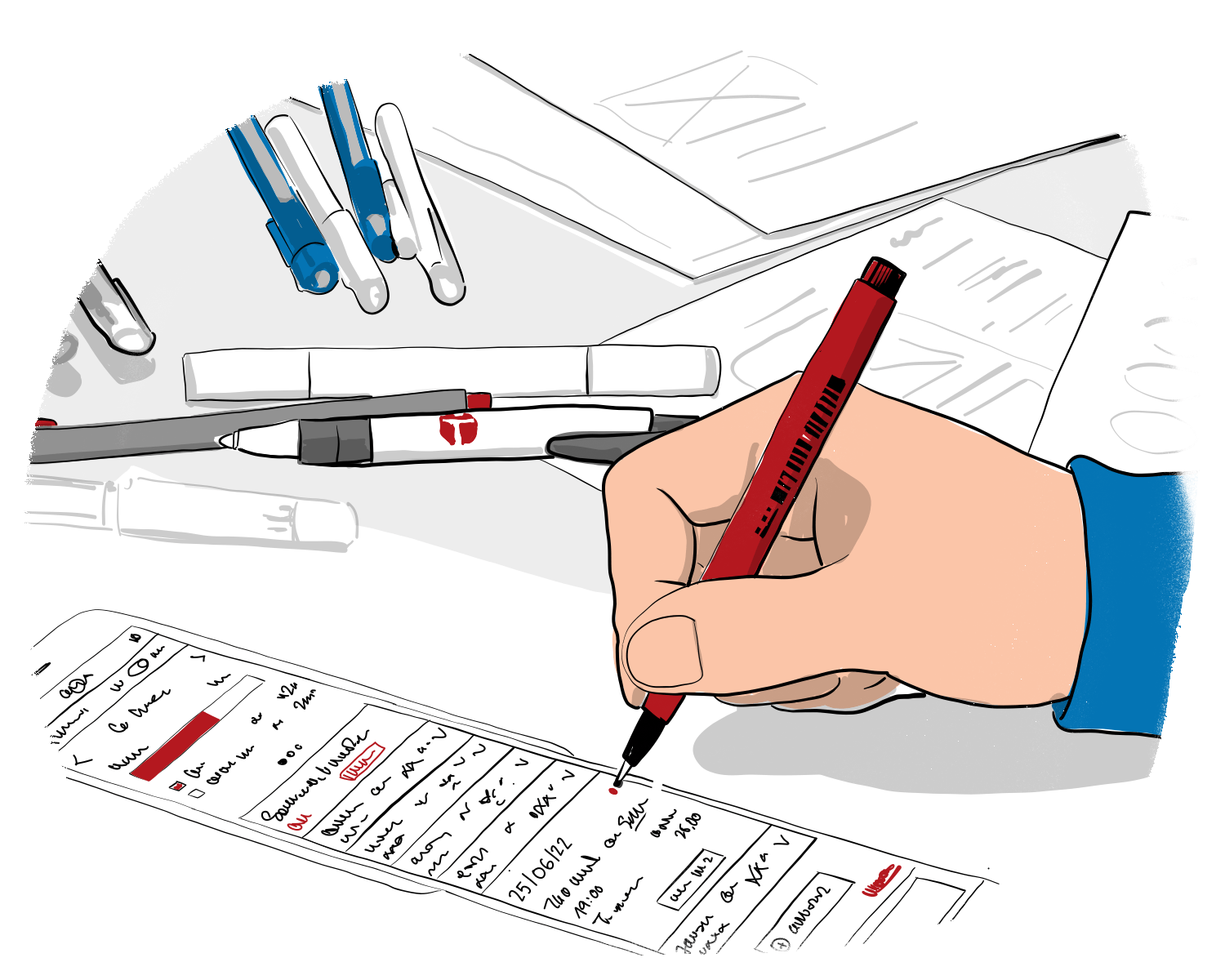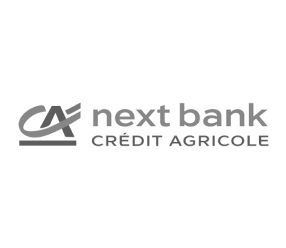The Design Sprint validates your innovation projects in 4 days
The Design Sprint inspires itself from Design Thinking and its optimal methods. Its originality comes from a format in 4 days to which your team actively participates to. The objectives are watched over by a facilitator. These objectives are identifying a problem to which needs a solution, generate ideas, conceive a prototype and test it. At the very end you’ll know the potential of your innovation project.

What is a Design Sprint?
Design Sprint was developed in 2010 during the works of Google Ventures. It is inspired from agile methods and Design Thinking, with an innovative idea in a 5-day format. In a reduced portion of time, the team switches from a problematic to a prototype test. This method allows you to speed up the process of having a concrete idea without having to invest too much time nor money.
Intense format: Innovation of the Design Sprint
5 Days: The invented format by GV (Google Ventures)
Inventé par GV (ex Google Ventures), le Design Sprint stimule par le défi qu’il représente. En cinq jours, cinq objectifs sont à atteindre pour infirmer, confirmer ou réorienter la réalisation d’un projet. Sa force lui vient de la contrainte de temps, mais aussi de l’équipe elle-même. Elle inclut des membres de l’entreprise cliente, de niveaux hiérarchiques variés, et un facilitateur. Celui-ci anime les séances et aide à la synthèse des idées. Depuis sa création, son format a connu des adaptations.
4 Days: a format adapted to the pressure of companies
Telono follows the version in 4 days. Multiple UX research are made prior, and the teams planning is optimized. It is multidisciplinary. It is constituted of your company’s staff:
- decision maker;
- product owners;
- collaborators from different departments (marketing, finances, etc.);
and from the Telono Agency:
- facilitator;
- UX consultants;
- testing panel with your target’s profile.
Overall, the 4 days of workshop will follow this schedule:
Monday and Tuesday: Understand, diverge, decide, create a story board
The first two days require the presence of the team in full (Decision maker also). Once this is done, all the important elements are defined for the rest of the week. Monday starts with the choice of the problematic and the comprehension of the final user. The research of solutions leads to the realization of a storyboard. The storyboard allows you to understand the logic and the user’s route. The tester’s profile are set.
Wednesday: Prototype
The prototype is created with the base of the storyboard made the previous day. An interview scenario is realized for the next day.
Thursday: Test, analyze, and conclude
The testers are greeted; the tests follow either online or in our interview room made for this purpose. The project is analyzed, and the potentials are defined.
When is it required to use this method of innovation?
A concentrated version of Design Thinking, this 4-day innovation method is particularly useful for:
- testing a critical or essential idea for your organisation;
- solving a problem;
- optimising a situation;
- innovate against the competition.
Design Thinking vs Design Sprint
The version is focused on design thinking. It represents a condensed version. It is a method with strictly set rules when the second is a mindset, a global approach. Both explore the feasibility of an innovative project to develop it in the best condition possible.
After a Design Sprint of 4 days, you’ll leave with a clear idea of the orientation to give to your projects. It immediately helps making mistakes that can be costly. It can also be a lever for investors. Made prior by the Telono Agency, the UX research optimizes the effectiveness of the innovative method.
Happy users, better business since 2005










